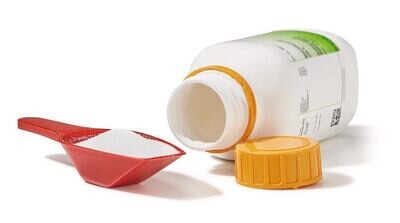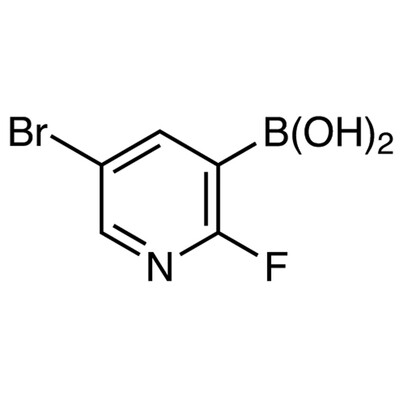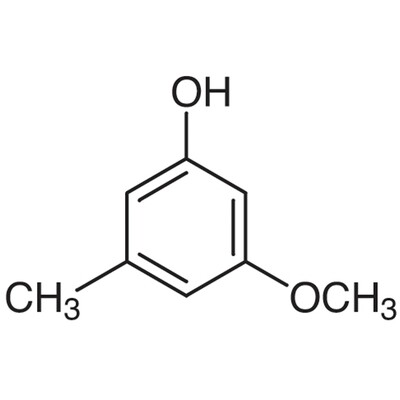Rhodium nonanoate 1 g
SKU 902220-1
€ 256,91
In stock
1
Save this product for later
Rhodium nonanoate 1 g
Product Details
Cation: Ro
Packaging: 1 g
EAN: 8721028245830
Brand: Laboratoriumdiscounter
Rhodium nonanoate is a rare and valuable compound used in various industrial applications. With its unique properties, this chemical compound offers exceptional catalytic capabilities and is highly sought after in the field of organic synthesis. Its versatility and effectiveness make it an essential component in the production of pharmaceuticals, fragrances, and specialty chemicals. Rhodium nonanoate is a key player in the world of chemistry, providing innovative solutions and contributing to advancements in various industries.
When working with Rhodium nonanoate, it is important to follow proper safety precautions to minimize the risk of accidents or exposure. Here are some short safety instructions to consider: 1. Personal Protective Equipment (PPE): Always wear appropriate PPE, including gloves, safety goggles, and a lab coat or protective clothing. This will help protect your skin, eyes, and clothing from potential contact with the chemical. 2. Ventilation: Ensure that you are working in a well-ventilated area or under a fume hood. This will help to prevent the buildup of any potentially harmful vapors or fumes. 3. Handling: Handle Rhodium nonanoate with care, avoiding any spills or splashes. Use proper techniques when transferring or dispensing the chemical to minimize the risk of accidents. 4. Storage: Store Rhodium nonanoate in a secure, well-labeled container in a cool, dry place. Keep it away from incompatible substances and sources of ignition. 5. Emergency Procedures: Familiarize yourself with the appropriate emergency procedures in case of accidental exposure or spillage. Have access to emergency eyewash stations, safety showers, and fire extinguishers. 6. Training: Ensure that you have received proper training on the handling and use of Rhodium nonanoate. Understand the potential hazards associated with the chemical and know how to respond in case of an emergency. 7. Disposal: Dispose of Rhodium nonanoate according to local regulations and guidelines. Do not pour it down the drain or dispose of it in regular trash bins. Remember, these are general safety instructions, and it is essential to consult the specific safety data sheet (SDS) and follow any additional precautions provided by the manufacturer or your organization.
Please note, not all safety data for this product is available on our website, for a complete list of P en H sentences and other safety instructions please request the MSDS at our customer service
You May Also Like

3-Hydroxy-1-phenylpyridinium chloride, 95.0%, 1g
3-Hydroxy-1-phenylpyridinium chloride, 95.0%, 1g
SKU F180825-1G
€ 1 742,40

4-Chloro-1,2-diaminobenzene, 95.0%, 10g
4-Chloro-1,2-diaminobenzene, 95.0%, 10g
SKU F078681-10G
€ 22,00
Powered by Lightspeed
Display prices in:EUR











